Do you want your home to be filled with light and provide a beautiful aesthetic effect at the same time? A roof lantern is a fantastic concept, and Roofing Superstore can help you pick the best one for you. And who said your roof lights have to be horizontal, too? Roof lanterns are ideal for giving tiny rooms a significant impact while making your home seem more airy and spacious. Dining rooms, bathrooms, bedrooms, lofts - even attics - may all benefit from light-catching ceiling fixtures. But, Are Roof Lanterns Outdated?
Many individuals are concerned about being outdated. I am here to set your mind at ease as we explore the history of traditional roof lanterns, how they've evolved, and how you may use them in today's homes.
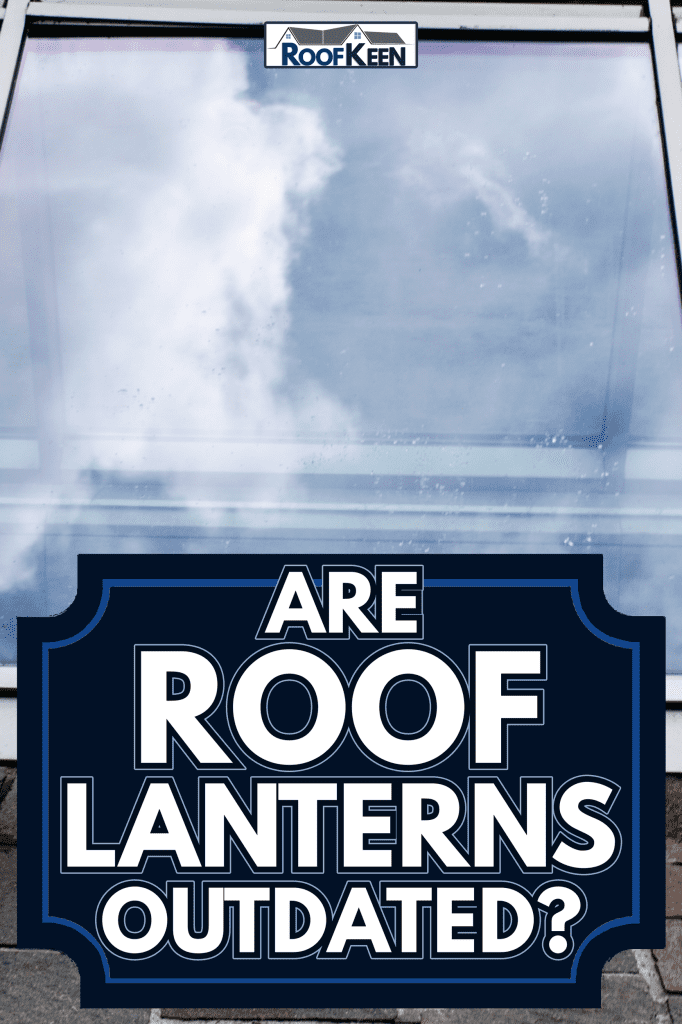
History of Roof lanterns
For as long as history has been recorded, people have always centered their existence around light; we awaken when the sun rises and retire when it sets. The rays of sunshine make our bodies function correctly and make us happier and healthier. We've always tried to let in the light due to its association with dark, unlawful, and unknown depths.
Before we get into traditional roof lanterns, let's speak about daylighting. The idea of adding a window to a building to increase the amount of light inside is known as daylighting. It's a famous architectural method that may be observed throughout history. The Pantheon in Rome was constructed during the reign of Emperor Augustus (27 BC-14 AD). One of the earliest documented examples of daylighting is found there, with a roof aperture called an oculus that historians think was intended to cast a single shaft of light on equinoxes and April 21st. In addition, the only source of illumination in The Pantheon is this oculus.
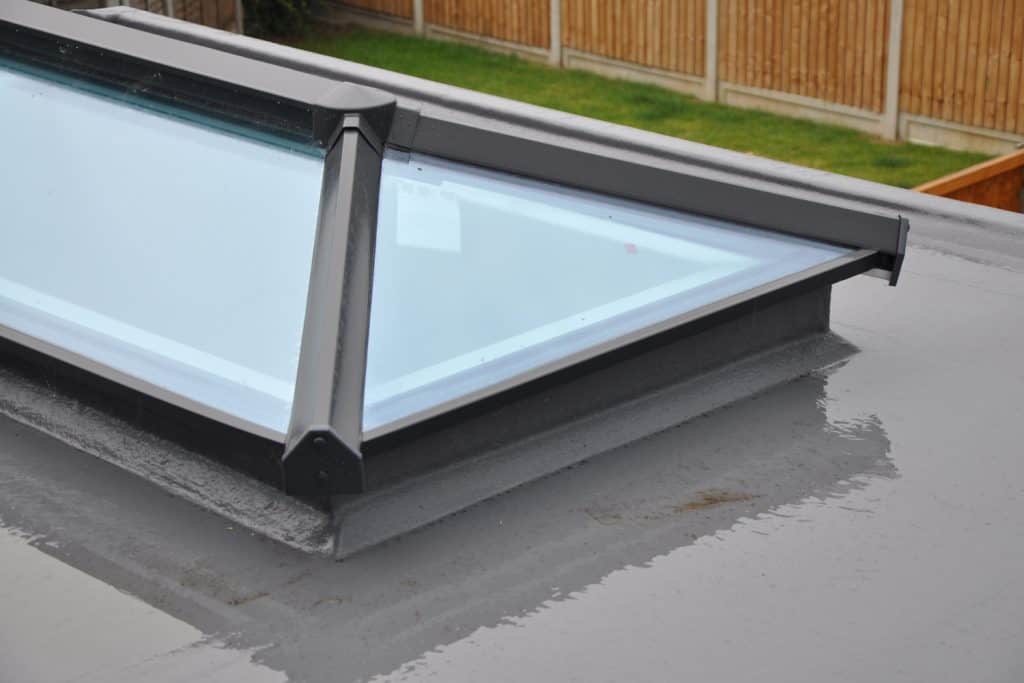
The Beginnings
The Roman oculus was unusual elsewhere due to the weather, although other medieval Europe developed comparable versions. In Venice, which is renowned worldwide for its glass industry, cathedral and castle windows began utilizing glass lanterns. Traditional roof lanterns were too expensive to be used in small buildings, so they were restricted to large structures and people who could afford the high price. Glass manufacturing began to grow more common in the 14th and 15th centuries. Cupolas evolved out of enormous buildings' glass lanterns. The famous Florence Baptistery (or the Baptistery of Saint John) has a dome on top of its stunning structure, allowing light to enter the design below and illuminate its magnificent interior.
The Rise of the Orangery
The orangey lantern roof was invented during the Middle Ages. The orangeries they were utilized in gave these impressive conservatory-like structures their name. Tall windows and a glass roof, combined with a timber frame and design, maximize the light on fruit trees growing in non-temperate zones - somewhat like greenhouses. Orangeries were built in England during the 18th century as a wealthy man's private hobby, with brick construction to keep the fruit trees warm enough during the winter months. Orangeries were symbols of wealth and prosperity throughout the 18th century and, if you had one, you were considered part of the elite.
The Victorian Era
The Industrial Revolution introduced new materials, such as larger glass and metal frame panes. Skylights and conservatories became more popular than roof lanterns during the 18th and 19th centuries. The Crystal Palace, which hosted The Great Exhibition in Hyde Park in 1851 and was the world's first glass structure, was commissioned by Queen Victoria. This facility resembled a conservatory, and as a consequence, conservatories became more popular among upper-class houses. Roof lanterns were still used in working-class Victorian homes to provide light for interior stairwells. Others with more money and larger houses built opulent domes and spires.
Are Roof Lanterns Outdated?
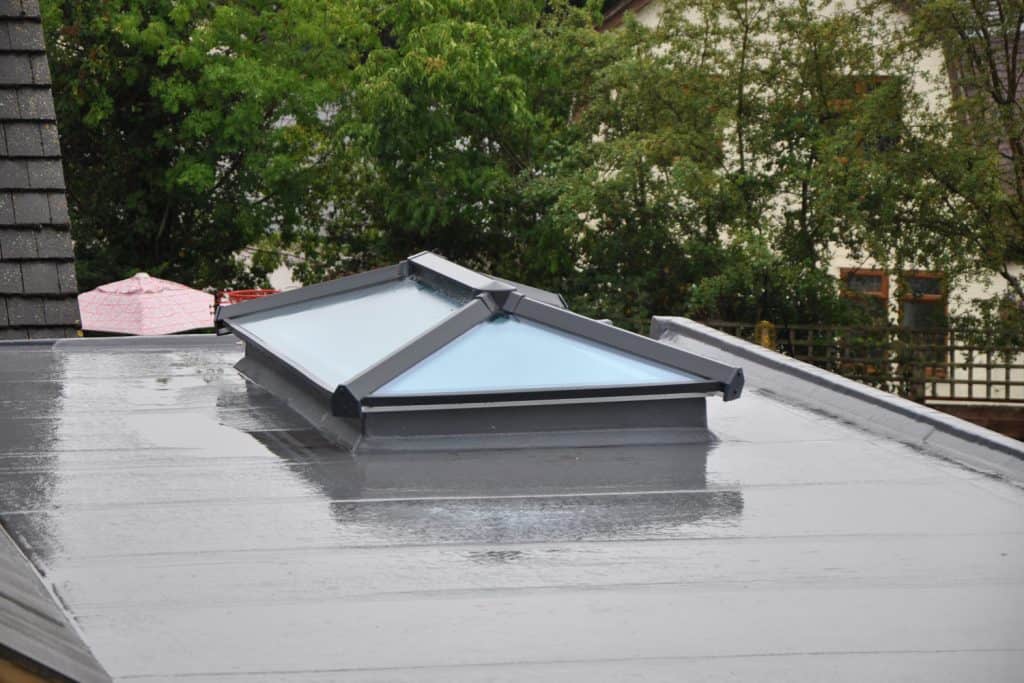
The roof lanterns we see today are not that different from those seen throughout history – they are better. They're waterproof, feature high-quality UV glass, and save you money on your energy bill. Roof lights made of wood can still be put in your house without compromising your contemporary appearance, as they have evolved to fit the demands of today's lifestyles while retaining the traditional architectural character of light.
What size roof lantern do I need?
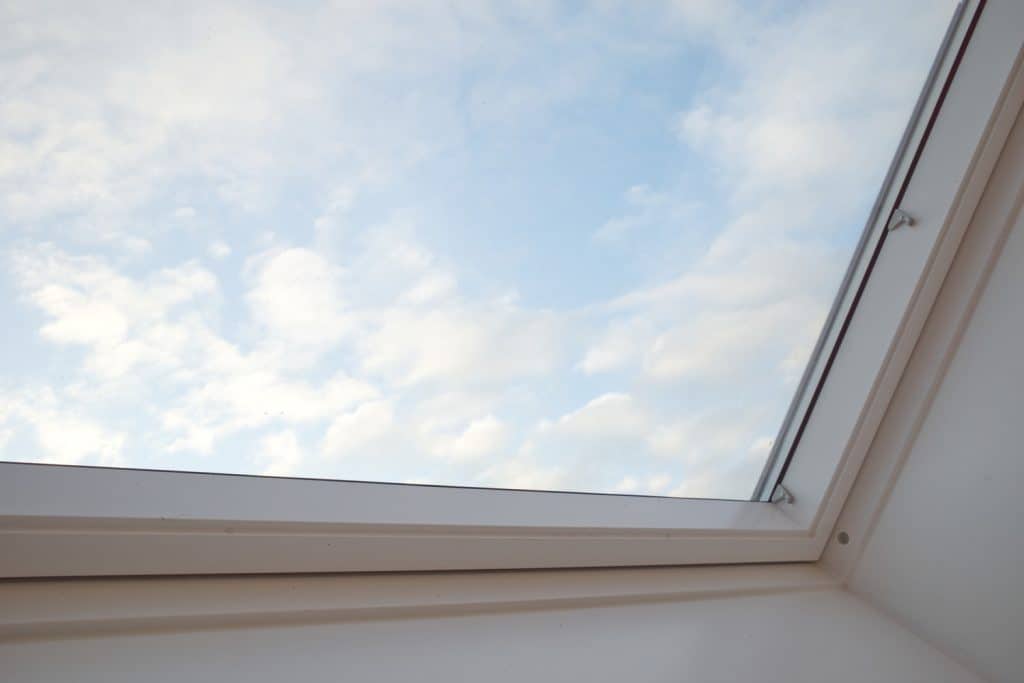
When it comes to roof lanterns, size is essential! It may appear out of proportion if you go too big, and it may look odd if you go too little. The amount of roof space available will determine the form and size you choose. The largest size in market is whopping 4000mm by 2000mm, which seems ideal for big ideas. Even big houses don't always require a vast roof lantern that takes up the whole roof since this might be conspicuous.
The idea is to be as minimal as possible while still creating a dramatic effect. Remember that less is sometimes more, so consider going for the next size down, such as our 3000 mm range. The beauty of roof lanterns is that you don't have to go too big to make an impactful statement. Smaller options (such as our 1200mm or 1500mm roof lanterns) can allow a lot of sunshine from various directions throughout the day.
Who says you have to stick with just one? A lovely aspect might be created by employing a few minor roof lanterns. Consider our mini-size roof lantern if you want to do this. A 1750mm, 2000mm, or 2500mm lantern is ideal for medium-sized roofs.
Remember that the product dimensions refer to the width and length of the external upstand, commonly known as the curb, rather than the hole in the roof's diameter. The eaves of the glass panes rest on the upstand with a slight overhang. All of our roof lanterns are available as windows and upstands, so you won't have to purchase them separately.
Benefits and costs of Roof lanterns?
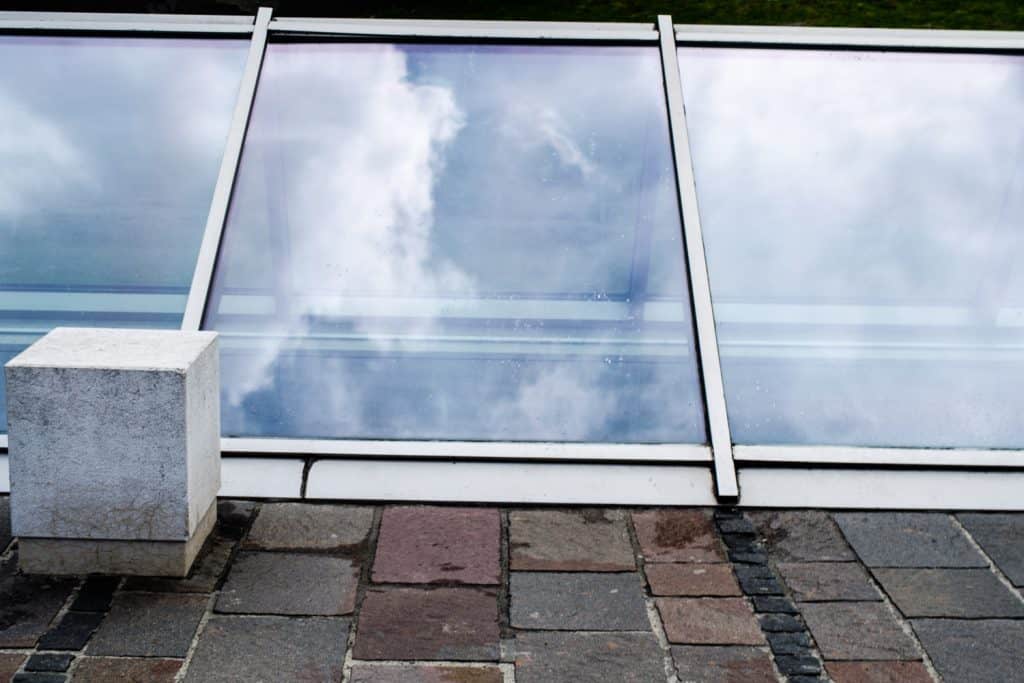
There are several benefits if you're installing a new extension and want to include a roof lantern. While the use of bifold doors in an extension provides some light, other areas of the area may appear gloomy. Roof lanterns allow light to fall where you want it, such as over a central island in a kitchen or a dining-room table.
Roof lanterns come at various prices, ranging from $800 to over $3,000. The greater the size, the more expensive it is. Purchasing a standard size will help you save money.
Depending on the color of your roof, they might be the most expensive type of roof light available. However, with their exquisite aesthetic and energy efficiency, as well as the quick value they provide to your property, these roof lanterns may turn out to be your brightest money-saving investment.
